Birders added nearly 9 million photos to the Cornell Lab’s Macaulay Library in 2022 alone. From bee-eaters to Bat Falcons, kingfishers to cockatoos, and loons to lorikeets, here are some of our favorites.
From the Winter 2023 issue of Living Bird magazine. Subscribe now.
family Matters
The Macaulay Library holds the world’s biggest repository of bird photos, helping both scientists and birders better understand the breeding behaviors of birds, like how parents care for their young. South African birder Regard Van Dyk made such a discovery when he happened on an adult male Malachite Sunbird “foraging very acrobatically for anything it could catch.” Upon investigation, Van Dyk said he discovered a tiny juvenile sunbird perched in the reeds. “It all made sense,” he said. “The adult was … visiting every couple of seconds, feeding it, and flying off again to catch more food.”
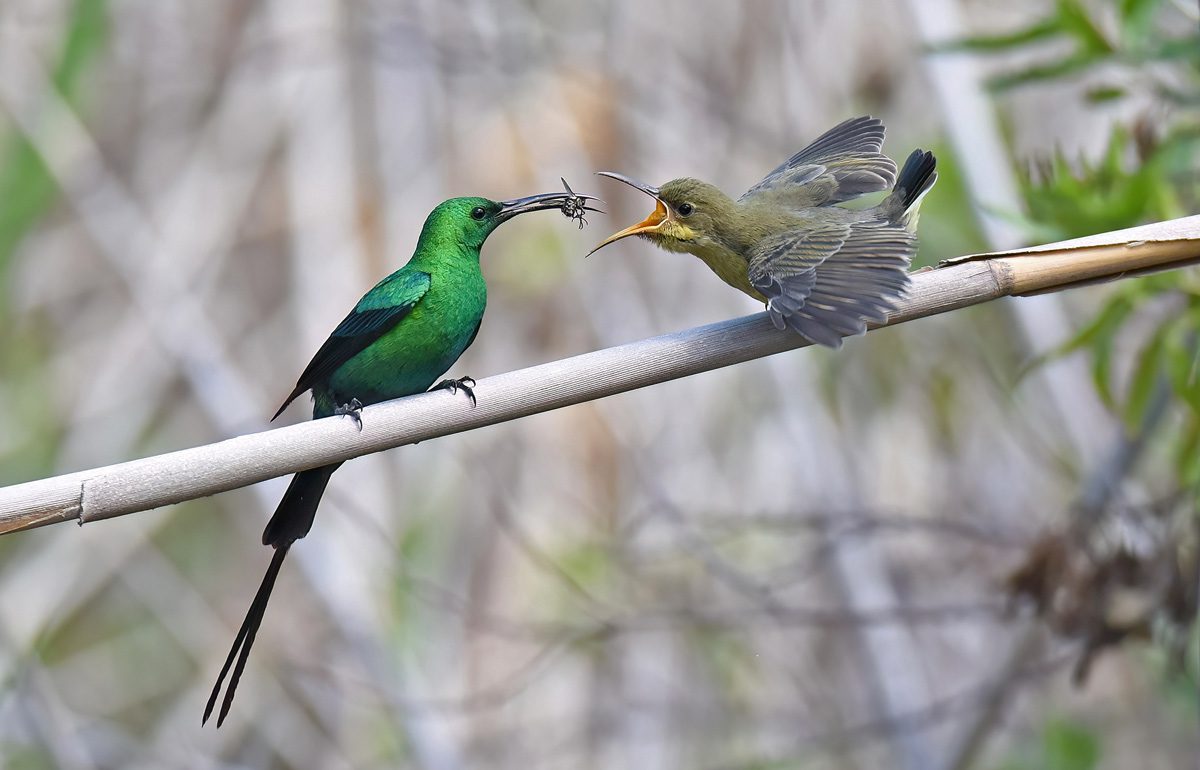
Willie-wagtail by David Ongley, Australia
Hodgson’s Frogmouth by Ayuwat Jearwattanakanok, Thailand
Eared Grebe by Ana Mendes do Carmo, Spain
Black-necked Swan by Mason Maron, Chile
Australasian Grebe by David Irving, Australia
Tawny Frogmouth by Andy Gee, Australia
Eastern Screech-Owl by Jack Starret, Canada
Kelp Goose by Mason Maron, Chile
Little Buttonquail by David Sinnott, Australia
Red-necked Grebe by Matt Misewicz, USA
Scaly-breasted Lorikeet by Adrian van der Stel, Australia
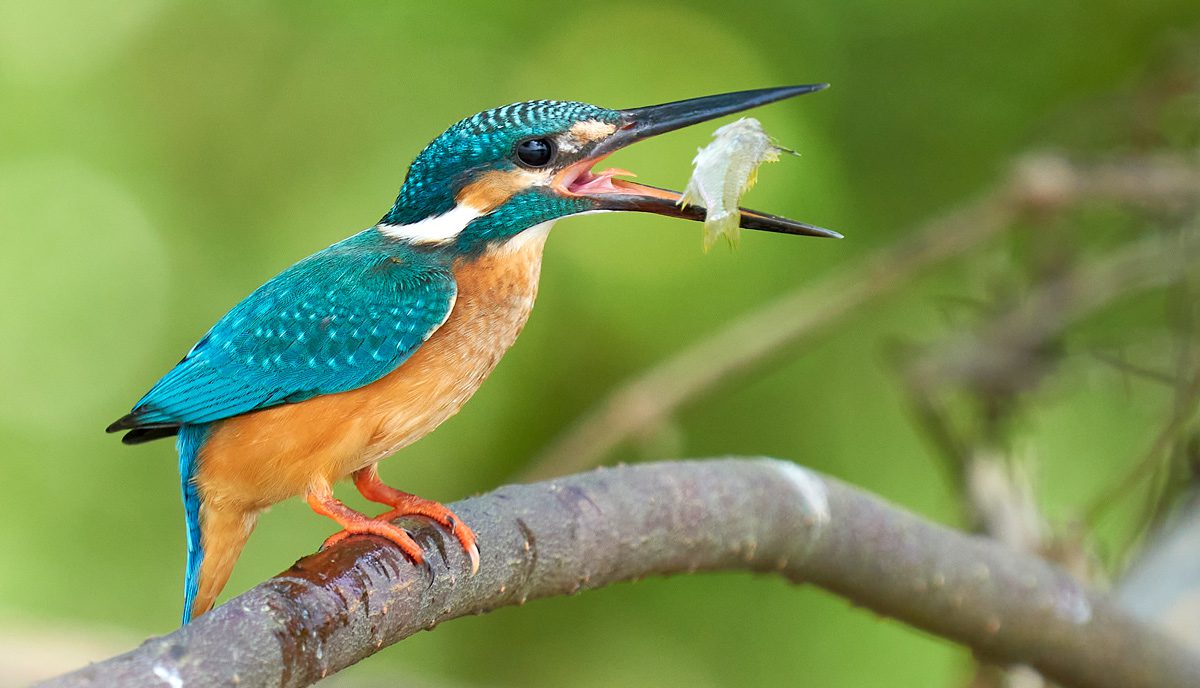
On the Hunt
Getting a glimpse of birds foraging for food can help scientists better understand their life history, plus it’s just fascinating for birders to see how birds acquire what they eat. Action shots of catching prey always make for great bird photography. Even a Cattle Egret poking around in an urban vacant lot on the Canadian side of Niagara Falls can make for a compelling photo, when captured in the instant it grips a grasshopper in its beak.
Common Loon by Matthew Bode, USA
Common Kingfisher by Raghavendra Pai, India
American Oystercatcher by Federico Rubio, Uruguay
Australian Magpie (Black-backed) by David Irving, Australia
Bat Falcon by Gabriel Cordón, Guatemala
Rainbow Bee-eater
by Harry Davis, Australia
Ring-billed Gull by Brad Imhoff, USA
Sooty Grouse by Mark Daly, Canada
Velvet-fronted Nuthatch by Raghavendra Pai, India
Great Knot by Rui-Yang Ho, Taiwan
Merlin (Black) by Frank Lin, Canada
Semipalmated Plover by Brad Imhoff, USA
Peregrine Falcon by Amanda Guercio, Canada
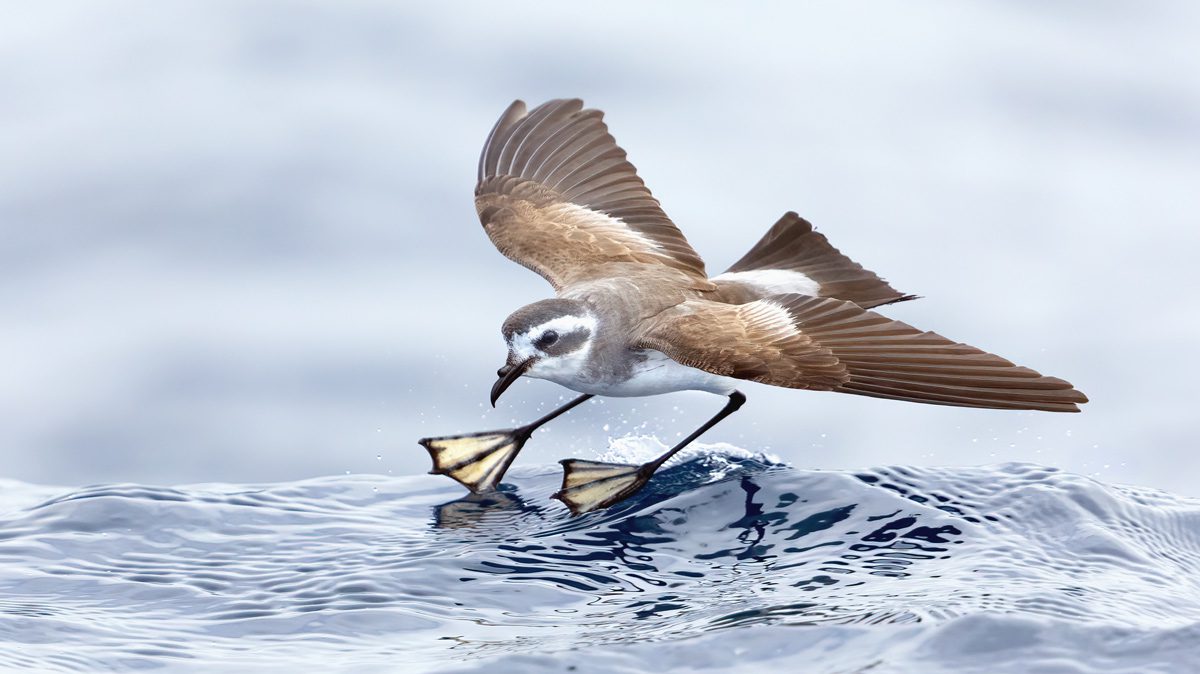
Strike a Pose
Many photos in the Macaulay Library demonstrate the talent and patience of bird photographers who capture unique moments, from a Tropical Kingbird fiercely defending its perch from a House Finch to a White-faced Storm-Petrel delicately pattering its feet across ocean waters.
Plumed Whistling-Duck by David Irving, Australia
Pink Cockatoo by Zebedee Muller, Australia
Eurasian Hoopoe (African) by Kojo Baidoo, South Africa
Rainbow Bee-eater by JJ Harrison, Australia
Black-footed Albatross by Tom Liao, Taiwan
Tropical Kingbird and House Finch by Sophie Cameron, USA
Buller’s Albatross by JJ Harrison, Australia
Burmese Nuthatch by Ayuwat Jearwattanakanok, Thailand
Short-eared Owl by Gerald Romanchuk, Canada
Canvasback by Matt Misewicz, USA
Swainson’s Hawk by Tim Avery, USA
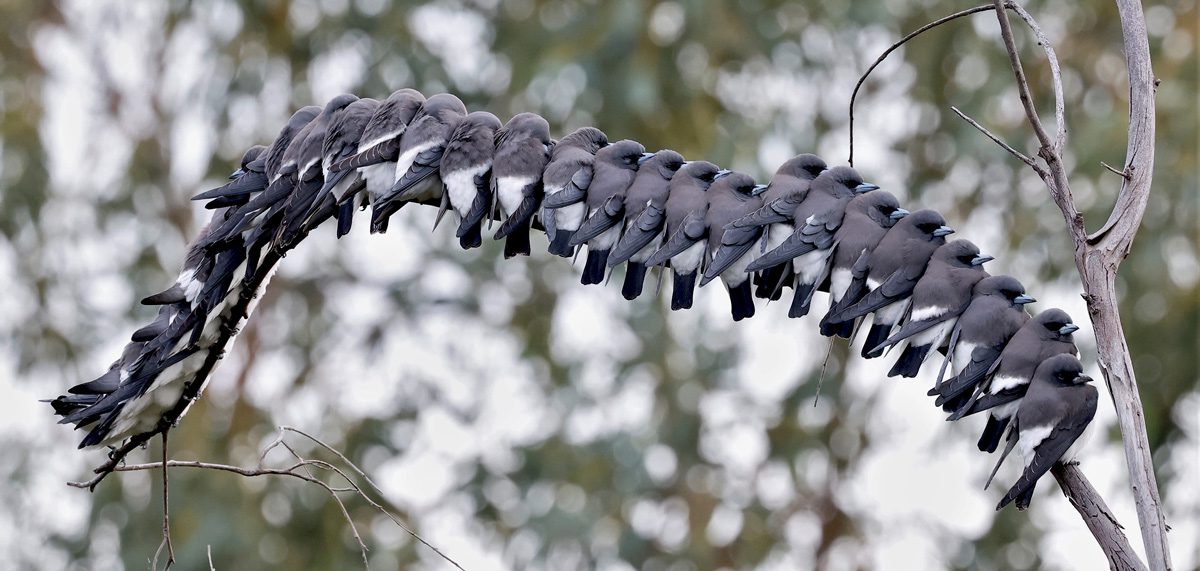
Multitudes
Macaulay Library photos of avian assemblages recall a past era, when bird abundance was a more common sight. Cornell Lab of Ornithology PhD student Bryce Robinson documented such an occurrence, when he joined a research expedition to Antarctica that passed by the St. Andrew’s Bay King Penguin colony. “This vast sea of penguins overloads the senses with endless black and white interspersed with orange and yellow,” he said. “I felt a responsibility to document this colony, to capture and share the depth of a wild marvel that we must never lose.”
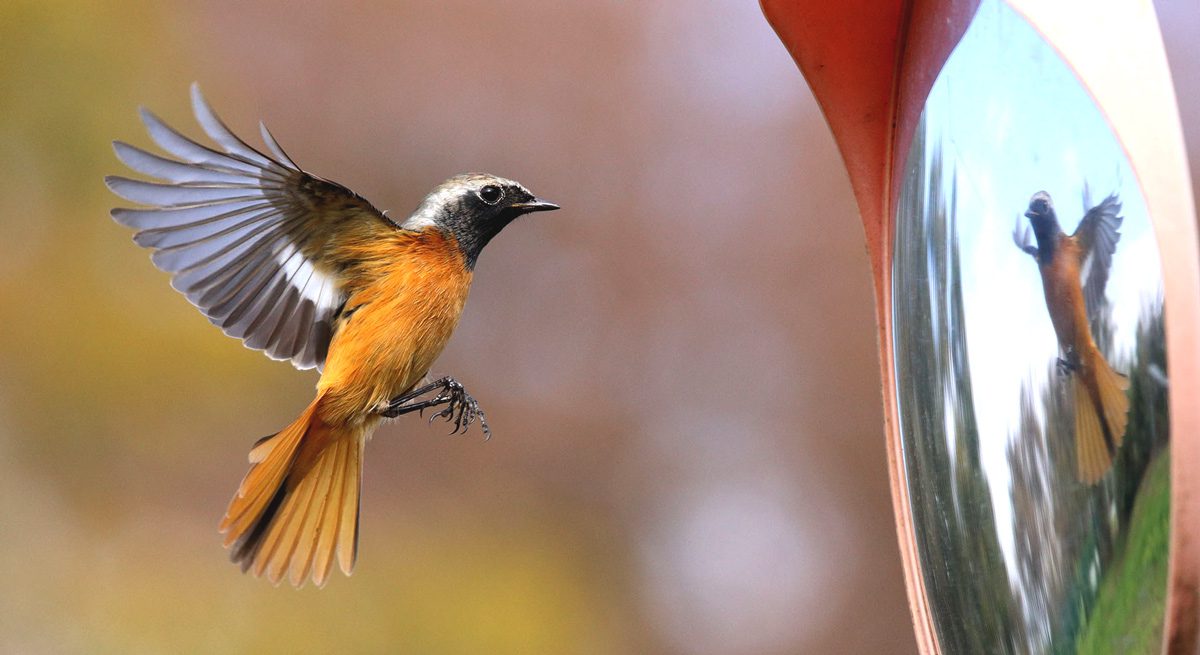
Reflective Moments
Some photos in the Macaulay Library catch the moments when light bounces to create the magical effect of a reflected image, like a twinned Red-browed Firetail on the water’s surface along the Nepean River in Australia, or even a Daurian Redstart fooled into seeing a rival in a car’s side-view mirror near Tokyo. Spanish photographer Yeray Seminario spied the shimmering image of a Greater Flamingo in the salt pans of San Pedro del Pinatar. “The absence of wind, and the flat, highly saline water, builds a nice atmosphere for the image,” he says.
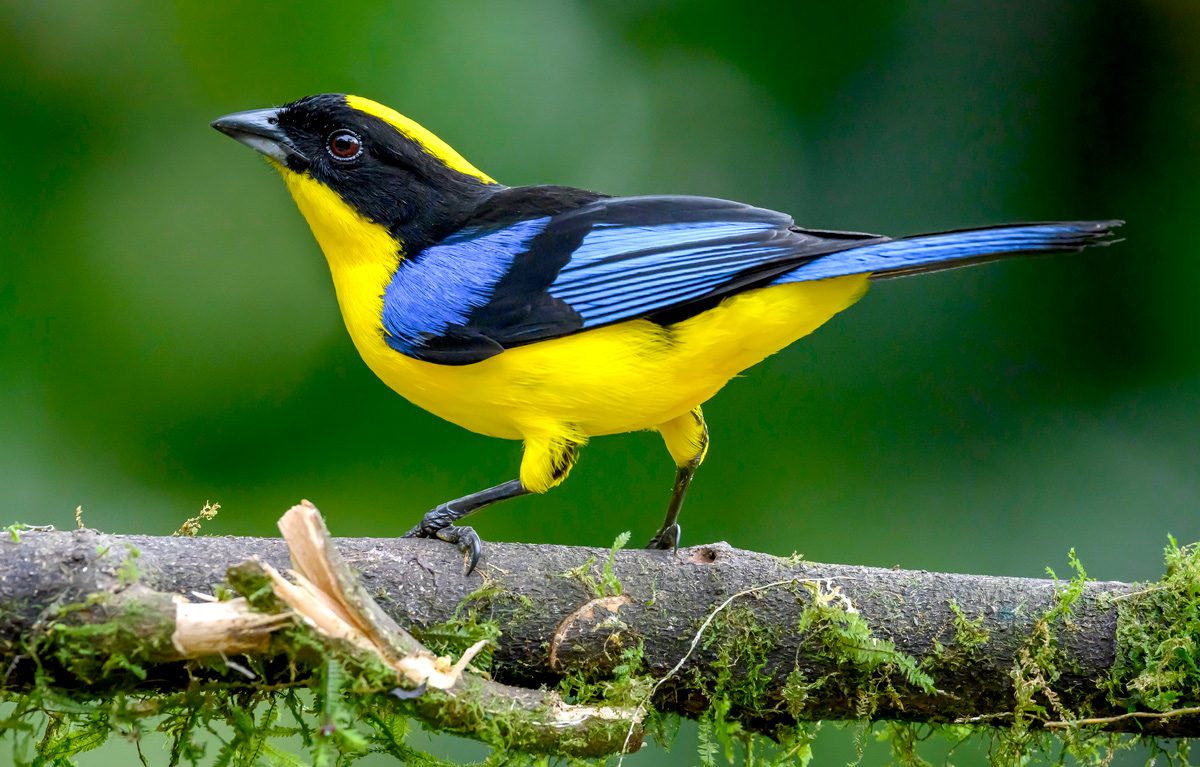
Online Favorites
It was tough choosing just a handful of images out of thousands submitted in 2022. Below are a few more of our favorites, and visit Macaulay Library to see even more great photo submissions from 2022 (and don’t miss audio recordings as well).
Burrowing Owl by Ian Hearn, USA
Vernal Hanging-Parrot by Arun Prabhu, India
Northern Cardinal by Brian Stahls, Canada
Short-eared Owl by Beth Phillips, USA
Common Raven by Bryan Calk, USA
Great Sapphirewing by Fernando Burgalin Sequeria, Columbia
Iceland Gull by Brian Stahls, Canada
Black-crested Coquette by Mason Maron, Costa Rica
Western Gull by Derek Hameister, USA
Willow Ptarmigan by Joey Hausler, USA
American Wigeon by James Patten, Canada
Orange-bellied Leafbird (Orange-bellied) by Natthaphat Chotjuckdikul, Thailand
Australian Owlet-nightjar by JJ Harrison, Australia
Piping Plover by Shey S, Canada

Thank You
Because of the tens of thousands of birders who share their audio, video, and photographic records with the Cornell Lab of Ornithology, the Macaulay Library is a global ornithology resource for the world. In the past year scientists have published more than 70 papers in research journals using Macaulay Library media assets, including a study relying upon photos from the archives that explained why Peregrine Falcons have black markings under their eyes (to reduce solar glare). The Macaulay Library couldn’t be what it is today without a dedicated global community to support it, including the contributors shown here whose photos were included in this year’s “Best of…” photo essay. From everyone at the Macaulay Library, thanks so much to all of the archives’ contributors for all you do, and we can’t wait to see what we do together in 2023.

